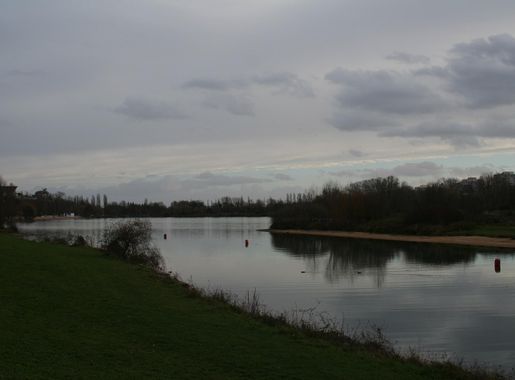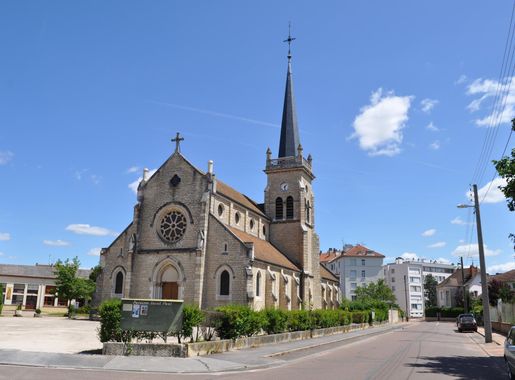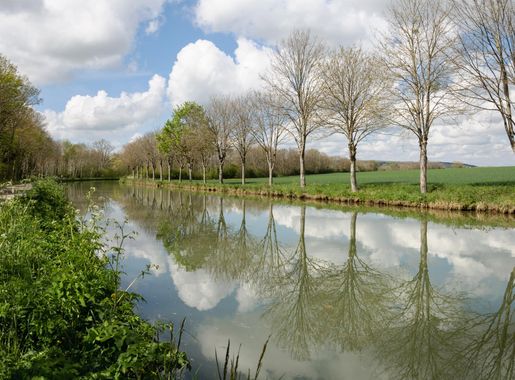
Discover the Essence of Quartier de la Fontaine d'Ouche
Experience the perfect blend of nature and modern living in Quartier de la Fontaine d'Ouche, Dijon, where scenic views and cultural adventures await.
Nestled in the vibrant city of Dijon, Quartier de la Fontaine d'Ouche offers a delightful blend of modern living and historical charm. This neighborhood is known for its lush green spaces and scenic views, making it a perfect retreat for nature lovers. The picturesque Lac Kir is a highlight, providing a serene setting for leisurely strolls and picnics by the water. As you wander through the streets of Quartier de la Fontaine d'Ouche, you'll find a mix of contemporary architecture and quaint, traditional buildings. The area is home to a diverse community, which is reflected in its variety of shops, cafes, and restaurants. Whether you're looking to savor local French cuisine or explore international flavors, you'll find plenty of options to satisfy your culinary cravings. Cultural enthusiasts will appreciate the neighborhood's proximity to Dijon’s historic center, where you can explore landmarks such as the Palace of the Dukes and the Museum of Fine Arts. Despite its modern vibe, Quartier de la Fontaine d'Ouche maintains a sense of tranquility, making it a great base for both relaxation and exploration.
Local tips in Quartier de la Fontaine d'Ouche
- Visit Lac Kir for a peaceful afternoon by the water, perfect for picnics and leisurely walks.
- Explore the local cafes and restaurants to enjoy a mix of traditional French and international cuisine.
- Take advantage of the neighborhood's proximity to Dijon's historic center to visit iconic landmarks.
Discover the Essence of Quartier de la Fontaine d'Ouche
Nestled in the vibrant city of Dijon, Quartier de la Fontaine d'Ouche offers a delightful blend of modern living and historical charm. This neighborhood is known for its lush green spaces and scenic views, making it a perfect retreat for nature lovers. The picturesque Lac Kir is a highlight, providing a serene setting for leisurely strolls and picnics by the water. As you wander through the streets of Quartier de la Fontaine d'Ouche, you'll find a mix of contemporary architecture and quaint, traditional buildings. The area is home to a diverse community, which is reflected in its variety of shops, cafes, and restaurants. Whether you're looking to savor local French cuisine or explore international flavors, you'll find plenty of options to satisfy your culinary cravings. Cultural enthusiasts will appreciate the neighborhood's proximity to Dijon’s historic center, where you can explore landmarks such as the Palace of the Dukes and the Museum of Fine Arts. Despite its modern vibe, Quartier de la Fontaine d'Ouche maintains a sense of tranquility, making it a great base for both relaxation and exploration.
Iconic landmarks you can’t miss
Palais des Ducs et des États de Bourgogne
Explore the majestic Palais des Ducs et des États de Bourgogne, a historical landmark in Dijon, France, rich in culture and architectural beauty.

William Gate
Discover the historic William Gate in Dijon, a stunning landmark blending architecture and culture, perfect for exploring the rich heritage of France.
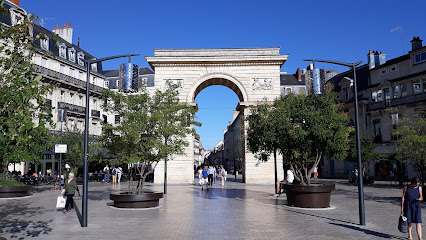
Tour Philippe le Bon
Experience the breathtaking views and historical significance of Tour Philippe le Bon, a must-visit landmark in Dijon, France.
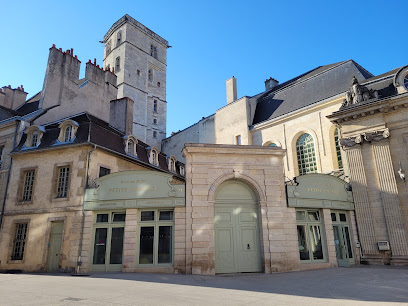
Ruisseau de la Fontaine d'Ouche Garden
Discover the tranquil beauty of Ruisseau de la Fontaine d'Ouche Garden in Dijon, a serene escape into nature with vibrant flora and peaceful streams.
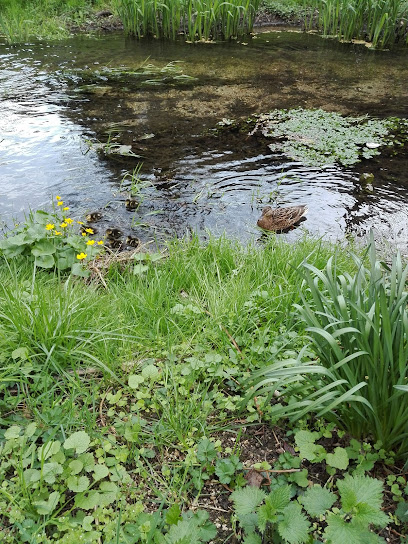
Théâtre de la Fontaine d'Ouche
Discover Dijon’s vibrant performing arts scene at Théâtre de la Fontaine d'Ouche, where captivating shows and local talent await.

Lavoir
Explore the historical Lavoir in Dijon, a charming landmark reflecting the city's rich heritage and serene beauty, perfect for photography and relaxation.
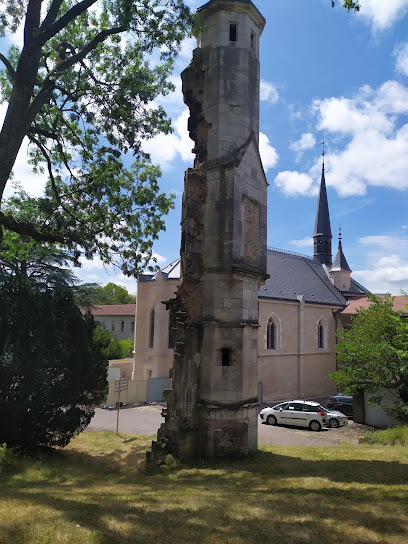
La Fontaine Place François Rude
Discover La Fontaine Place François Rude, a historic square in Dijon rich with culture, art, and picturesque scenery, perfect for every traveler.
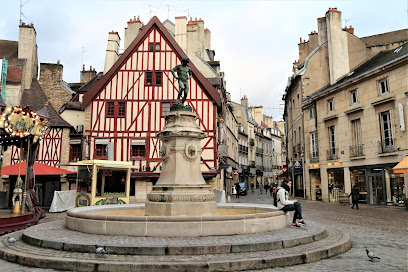
Place Grangier
Discover the historical charm and vibrant atmosphere of Place Grangier, a must-see landmark in the heart of Dijon, France.
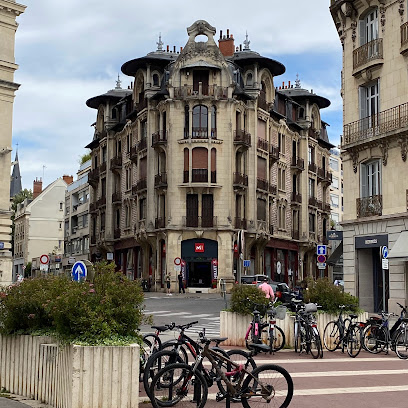
Site des gazomètres du Raines
Explore the historic Site des Gazomètres du Raines in Dijon, where industrial heritage meets architectural beauty in a captivating urban setting.
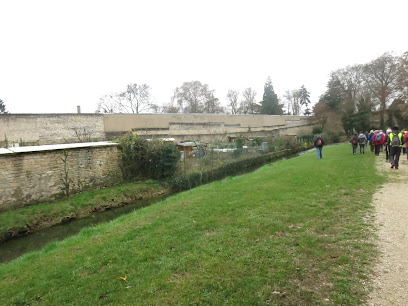
Monument Sadi Carnot
Discover the historical essence of Dijon at the Monument Sadi Carnot, a captivating tribute to French heritage in a picturesque square.
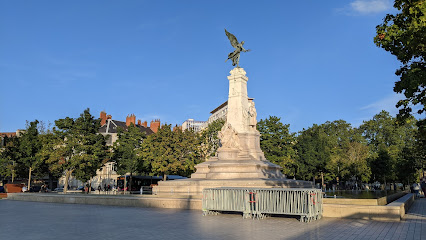
Rue Verrerie
Explore Rue Verrerie in Dijon, a historical landmark that showcases the architectural beauty and rich heritage of this charming French city.
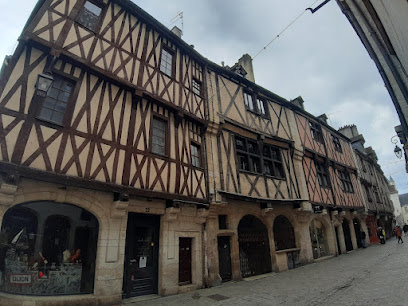
Church of Saint John of Dijon
Explore the architectural beauty and serene ambiance of the Church of Saint John in Dijon, a must-visit historical landmark rich in culture and history.
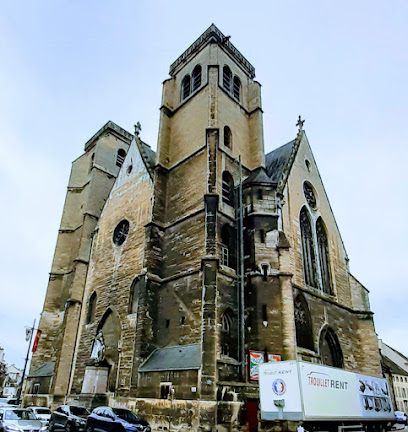
Boulevard Carnot
Discover the charm of Boulevard Carnot, a historic landmark in Dijon that blends culture, stunning architecture, and local life for an unforgettable experience.

Saint Nicolas Tower of Dijon
Discover the historical Saint Nicolas Tower of Dijon, a stunning Gothic landmark showcasing the city's rich medieval heritage and architectural beauty.
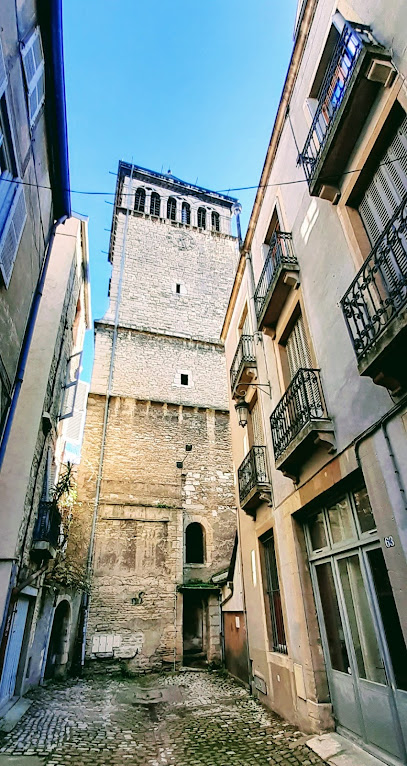
Usine historique Parvex
Explore Usine Historique Parvex, a captivating glimpse into Dijon's rich industrial heritage and a stunning historical landmark.
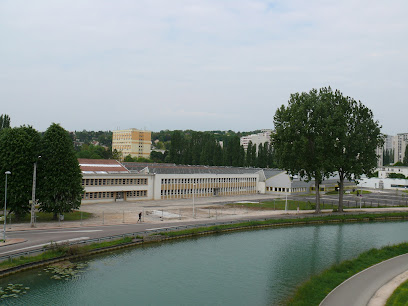
Unmissable attractions to see
Darcy Garden
Experience the tranquility and beauty of Darcy Garden, a lush urban oasis in the heart of Dijon, perfect for relaxation and exploration.
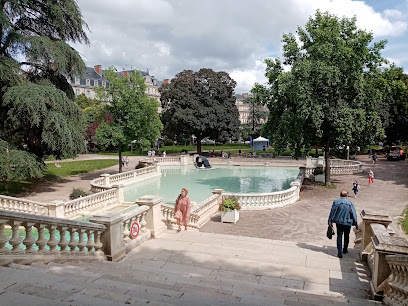
Arquebuse Botanical Garden
Explore the serene landscapes and diverse flora at Arquebuse Botanical Garden, a stunning oasis in the heart of Dijon, France.
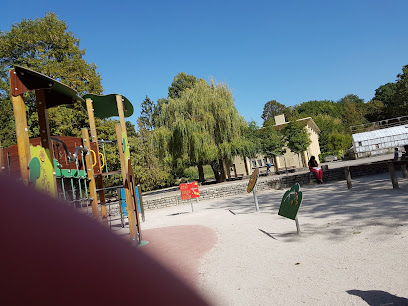
The Owl of Dijon
Explore the rich history of Dijon through the Owl of Dijon, a captivating symbol and starting point for the city's enchanting walking trail.
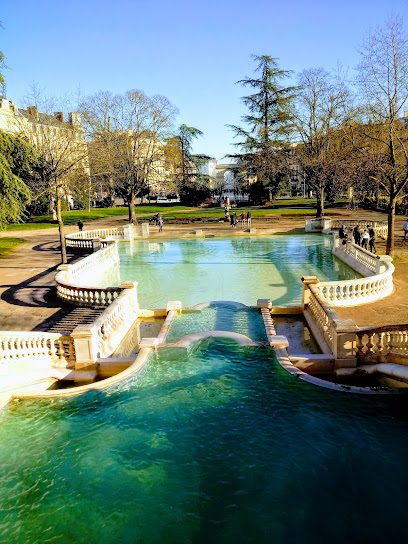
William Gate
Discover the historic William Gate in Dijon, a stunning architectural landmark that embodies the rich cultural heritage of this charming French city.
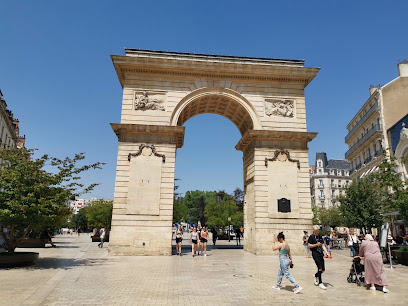
Arquebuse Garden
Explore the serene Arquebuse Garden in Dijon, a perfect blend of nature, education, and beauty in the heart of the city.
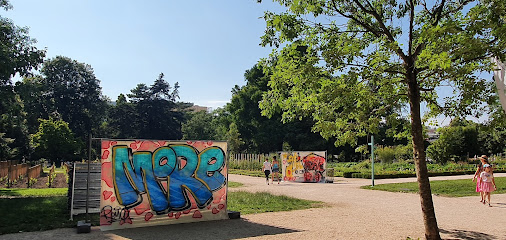
Ruisseau de la Fontaine d'Ouche Garden
Discover tranquility in the heart of Dijon at Ruisseau de la Fontaine d'Ouche Garden, a stunning city park for all nature lovers.
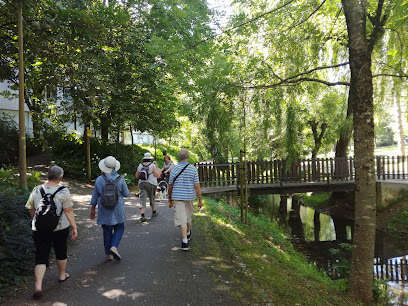
Promenade de l'Ouche
Experience the serene beauty of Promenade de l'Ouche in Dijon, a picturesque escape with lush greenery and tranquil pathways for a perfect leisurely stroll.
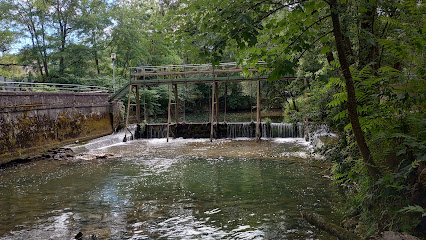
Prise d'eau de Larrey
Explore the Prise d'eau de Larrey in Dijon, a stunning historical water supply system showcasing exquisite architecture and rich heritage.

Place de la fountain d’ouche
Explore the tranquil beauty of Place de la Fountain d’Ouche, a serene park in Dijon perfect for relaxation, picnics, and enjoying nature's wonders.

Ecluse 53 S des Marcs d'Or
Explore the scenic Ecluse 53 S des Marcs d'Or, a historical lock on the Burgundy Canal in Dijon, perfect for relaxation and photography.
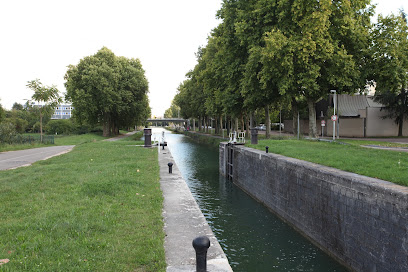
Essential places to dine
Édito Restaurant Dijon
Experience exquisite French cuisine at Édito Restaurant Dijon – where tradition meets modern flair in every delicious dish.
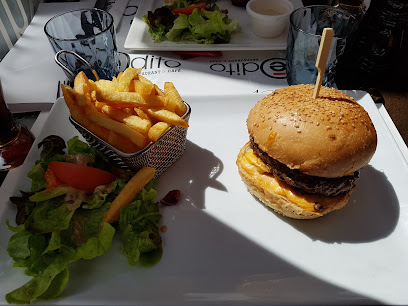
The Garden of the bells
Experience exquisite French fine dining at The Garden of the Bells in Dijon – where culinary art meets elegance.
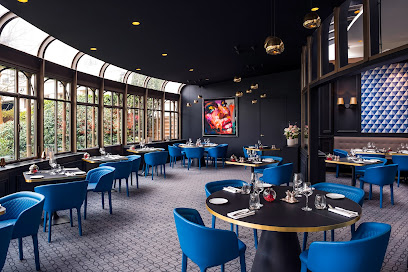
Le Piano Qui Fume
Discover exquisite French cuisine at Le Piano Qui Fume in Dijon – where every dish tells a story of tradition and flavor.
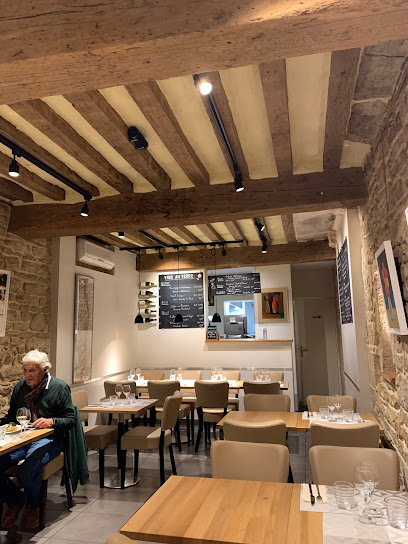
Villa Vauban
Discover Villa Vauban in Dijon: where traditional French cuisine meets modern elegance for an unforgettable dining experience.
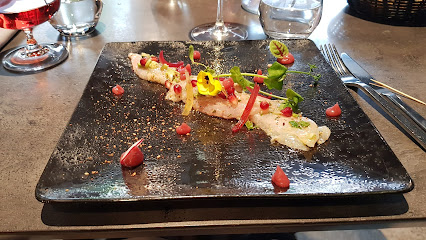
Restaurant Le Carpe Diem
Discover the essence of French cuisine at Restaurant Le Carpe Diem in Dijon – where every dish tells a story.

La Guinguette
Discover authentic French flavors at La Guinguette in Dijon - where culinary tradition meets warm hospitality.
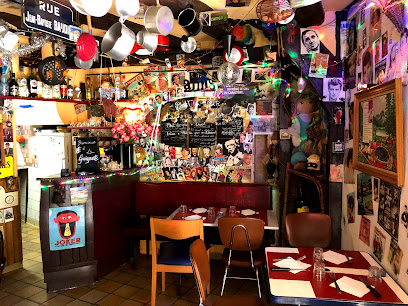
L'Age de Raisin
Discover the flavors of France at L'Age de Raisin, where culinary excellence meets charming ambiance in the heart of Dijon.
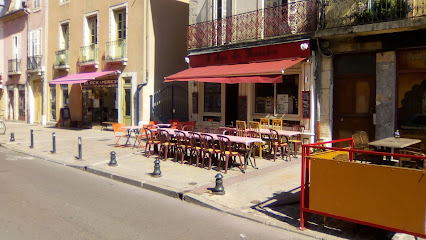
Les Docks De Bourgogne
Discover culinary excellence at Les Docks De Bourgogne in Dijon - where traditional French cuisine meets local flavors in a stunning canal-side setting.

Le Potimarron
Experience authentic French cuisine at Le Potimarron - where local flavors meet rustic charm in the heart of Dijon.
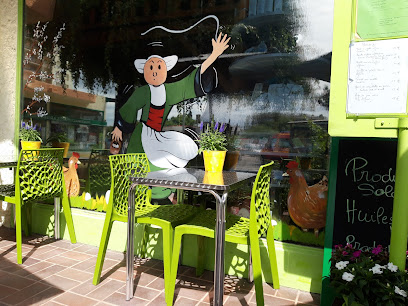
Salopeland
Discover the essence of Greece in Dijon at Salopeland – where authentic flavors meet warm hospitality.

Markets, malls and hidden boutiques
Centre Commercial Dijon Lac
Explore the bustling Centre Commercial Dijon Lac, a shopping paradise in Dijon, France, with diverse stores, dining options, and entertainment for all.
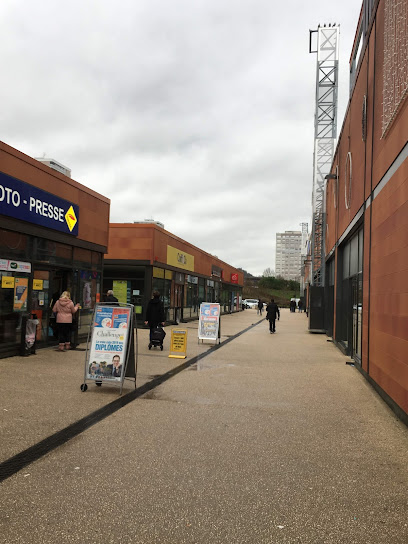
Action Dijon - Lac
Discover a diverse range of gifts, home goods, and DIY supplies at Action Dijon - Lac, your ultimate shopping destination in Dijon, France.
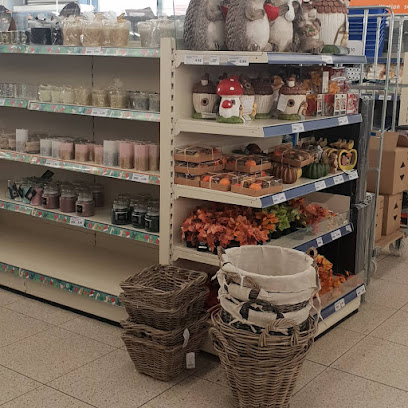
Zeeman Dijon Fontaine d'Ouche
Explore stylish and affordable fashion at Zeeman Dijon Fontaine d'Ouche, your go-to clothing store in the heart of Dijon.
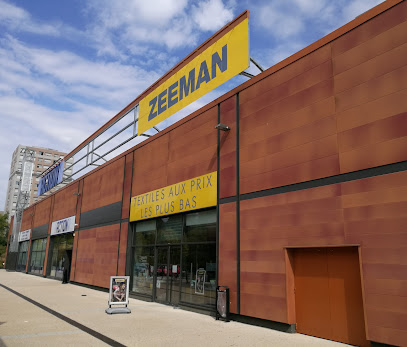
Jeannine Shop
Explore Jeannine Shop in Dijon - a unique gift shop blending local handicrafts, stylish clothing, and a cozy café experience.
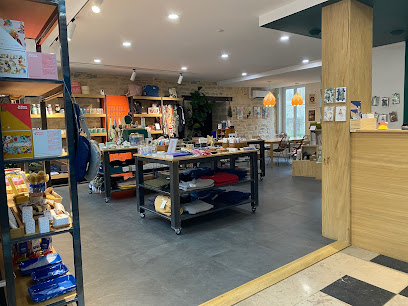
Fontaine affaires
Explore Fontaine Affaires in Dijon, where chic French fashion meets exceptional customer service for a unique shopping experience.
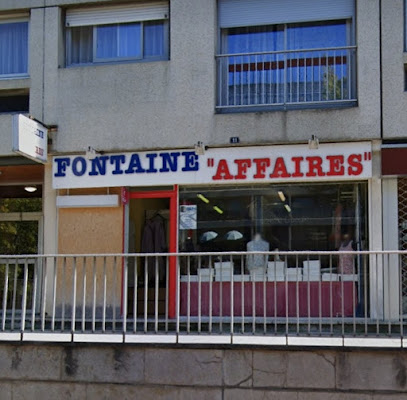
Puce & Lou
Discover Puce & Lou, a vibrant gift shop in Dijon, where local artistry meets unique craftsmanship in a charming atmosphere.
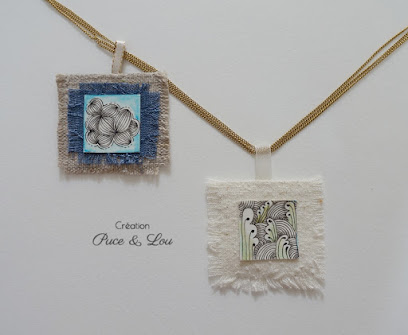
Somalia shop dijon
Experience the cozy ambiance and unique coffee blends at Somalia Shop, a must-visit destination in the heart of Dijon.
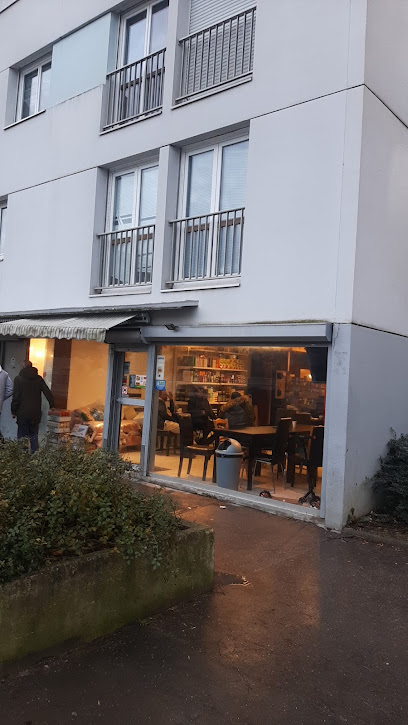
PANDA (Point d'Accès Numérique Dijon et son Agglomération) Fontaine d'Ouche
Explore Dijon with ease at PANDA, the digital access point for tourists seeking connectivity and internet services in the heart of the city.
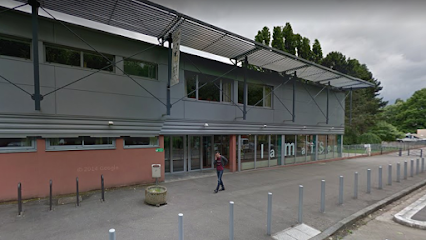
la-magie-de-sandy.fr
Discover exquisite handcrafted jewelry at La Magie de Sandy, a charming store in the heart of Dijon, reflecting the elegance of French craftsmanship.
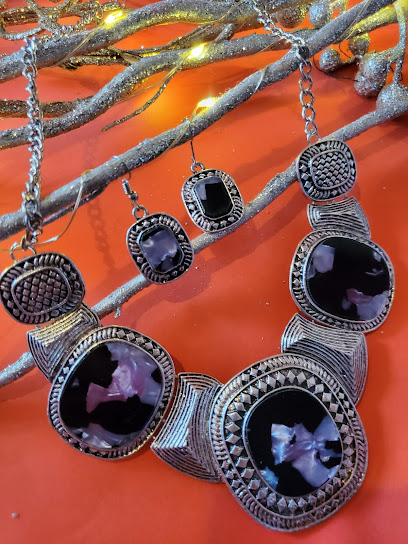
Silfrux
Explore Silfrux in Dijon for a unique collection of dresses, blending modern trends with classic elegance in a charming French setting.
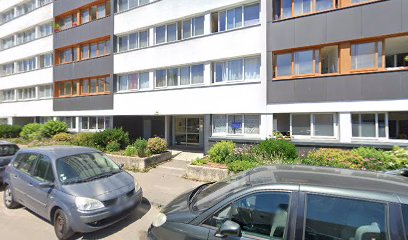
Essential bars & hidden hideouts
Pub Mac Callaghan
Discover the cozy ambiance and local flavors of Pub Mac Callaghan in Dijon, where comfort meets culture in a welcoming setting.
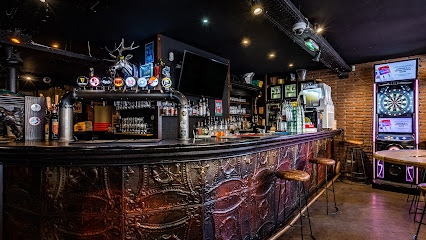
Les Berthom
Discover Les Berthom in Dijon, a cozy beer hall offering an extensive selection of craft beers and a welcoming atmosphere for all.
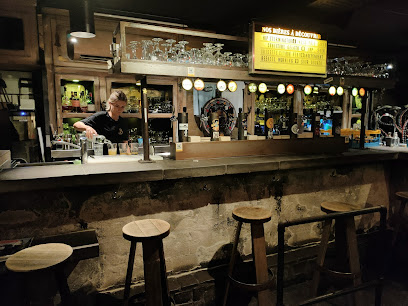
L'Antre II Mondes
Discover the culinary delights of L'Antre II Mondes, a vibrant brasserie and bar in the heart of Dijon, offering an exquisite blend of local flavors and lively atmosphere.
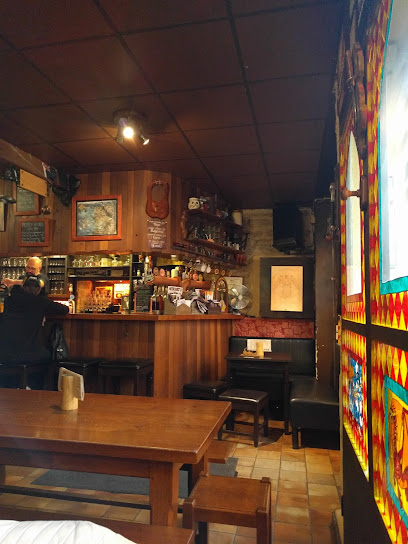
The Blue Dog
Experience the vibrant nightlife of Dijon at The Blue Dog, where lively atmosphere meets exceptional drinks and entertainment.
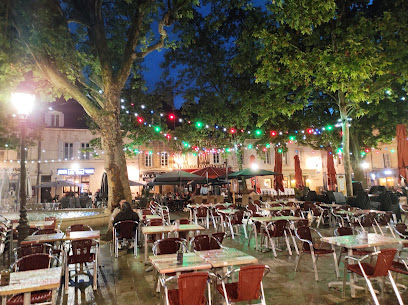
L'Archipel Cocktail Bar
Discover L'Archipel Cocktail Bar in Dijon, where handcrafted cocktails meet a sophisticated atmosphere for an unforgettable evening.
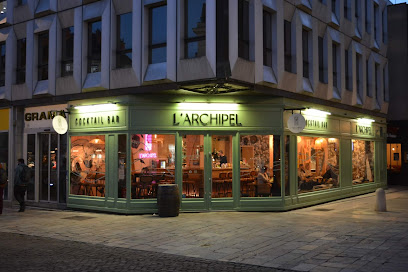
Caveau de la Chouette
Discover the exquisite flavors of Burgundy at Caveau de la Chouette, a premier wine bar and restaurant in the heart of Dijon.

Bar L'Ecureuil
Experience the vibrant ambiance of Bar L'Ecureuil, a delightful bar in Dijon offering a great selection of drinks and tasty snacks.
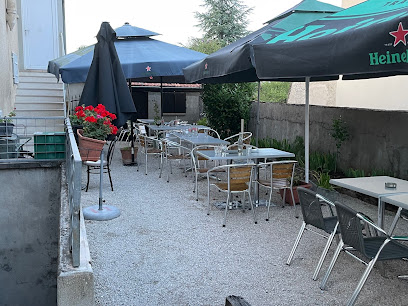
Le Shooters
Experience the vibrant nightlife of Dijon at Le Shooters, where delicious cocktails and a lively atmosphere await every night.
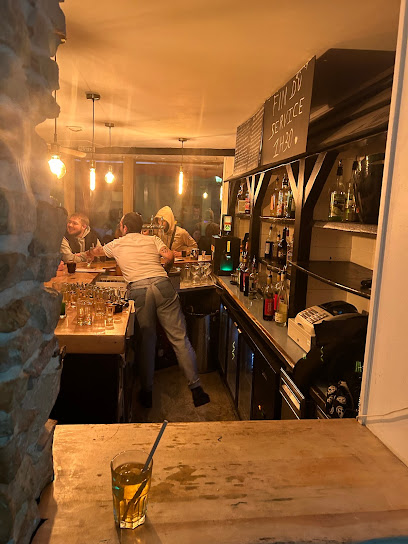
Le 19 Dijon
Discover the vibrant nightlife at Le 19 Dijon, a stylish cocktail bar with exquisite drinks and delectable tapas in the heart of France.
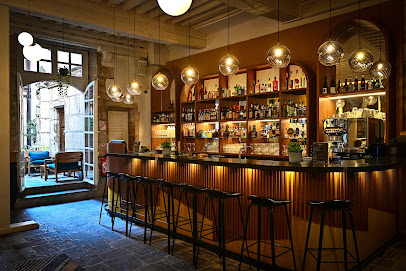
Bar Brasserie La Fontaine
Discover the authentic flavors of France at Bar Brasserie La Fontaine in Dijon, a charming spot for relaxation and local culinary treasures.
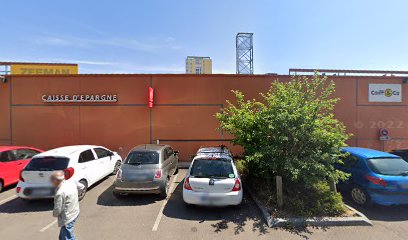
Local Phrases
-
- HelloBonjour
[bohn-zhoor] - GoodbyeAu revoir
[oh ruh-vwahr] - YesOui
[wee] - NoNon
[nohn] - Please/You're welcomeS'il vous plaît / De rien
[seel voo pleh / duh ryehn] - Thank youMerci
[mehr-see] - Excuse me/SorryExcusez-moi / Désolé
[ehk-skew-zay mwah / day-zoh-lay] - How are you?Comment ça va?
[koh-mohn sah vah] - Fine. And you?Bien. Et vous?
[byehn. ay voo] - Do you speak English?Parlez-vous anglais?
[par-lay voo ahn-glay] - I don't understandJe ne comprends pas
[zhuh nuh kohm-prahn pah]
- HelloBonjour
-
- I'd like to see the menu, pleaseJe voudrais voir le menu, s'il vous plaît
[zhuh voo-dray vwahr luh muh-noo, seel voo pleh] - I don't eat meatJe ne mange pas de viande
[zhuh nuh mahnj pah duh vyand] - Cheers!Santé!
[sahn-tay] - I would like to pay, pleaseJe voudrais payer, s'il vous plaît
[zhuh voo-dray pay-yay, seel voo pleh]
- I'd like to see the menu, pleaseJe voudrais voir le menu, s'il vous plaît
-
- Help!Au secours!
[oh suh-koor] - Go away!Allez-vous en!
[al-lay vooz ahn] - Call the Police!Appelez la police!
[ah-pay-lay lah poh-lees] - Call a doctor!Appelez un médecin!
[ah-pay-lay uh mayd-sahn] - I'm lostJe suis perdu
[zhuh swee pair-doo] - I'm illJe suis malade
[zhuh swee mah-lahd]
- Help!Au secours!
-
- I'd like to buy...Je voudrais acheter...
[zhuh voo-dray zah-shey] - I'm just lookingJe regarde juste
[zhuh ruh-gahrd zhuhst] - How much is it?Combien ça coûte?
[kohm-byen sah koot] - That's too expensiveC'est trop cher
[say troh shair] - Can you lower the price?Pouvez-vous baisser le prix?
[poo-vay voo bay-say luh pree]
- I'd like to buy...Je voudrais acheter...
-
- What time is it?Quelle heure est-il?
[kell ur eh eel] - It's one o'clockIl est une heure
[eel eh oon ur] - Half past (10)Dix et demi
[dees ay duh-mee] - MorningMatin
[mah-tan] - AfternoonAprès-midi
[ah-pray mee-dee] - EveningSoir
[swahr] - YesterdayHier
[yehr] - TodayAujourd'hui
[oh-zhoor-dwee] - TomorrowDemain
[duh-mahn] - 1Un
[uhn] - 2Deux
[duh] - 3Trois
[twah] - 4Quatre
[kah-truh] - 5Cinq
[sank] - 6Six
[sees] - 7Sept
[sept] - 8Huit
[wheat] - 9Neuf
[nuff] - 10Dix
[dees]
- What time is it?Quelle heure est-il?
-
- Where's a/the...?Où est...?
[oo eh] - What's the address?Quelle est l'adresse?
[kell eh lah-dress] - Can you show me (on the map)?Pouvez-vous me montrer (sur la carte)?
[poo-vay voo muh mohn-tray (sir lah kart)] - When's the next (bus)?Quand est le prochain (bus)?
[kohnd eh luh proh-shahn (bus)] - A ticket (to ....)Un billet (pour ...)
[uhn bee-yay (poor)]
- Where's a/the...?Où est...?
History of Quartier de la Fontaine d'Ouche
-
The Quartier de la Fontaine d'Ouche in Dijon has its origins in the late Middle Ages, specifically during the 14th and 15th centuries. This area was initially characterized by agricultural land and vineyards, reflecting the predominant rural lifestyle of the region. As Dijon grew in prominence as a center for trade and commerce, the surrounding areas began to develop, leading to gradual urbanization.
-
The post-World War II era marked significant changes in the Quartier de la Fontaine d'Ouche, with extensive urban planning initiatives aimed at accommodating the growing population. The neighborhood was developed primarily in the 1960s, featuring modernist architecture and residential complexes. This expansion was part of a broader trend within Dijon to create more housing and amenities in response to urban migration and the need for modern infrastructure.
-
Throughout the late 20th century, Quartier de la Fontaine d'Ouche became known for its diverse community. The neighborhood attracted residents from various backgrounds, contributing to a rich tapestry of cultural influences. This diversity is reflected in local markets, restaurants, and community events, which showcase the culinary traditions and cultural practices of its inhabitants, including those from North Africa and other regions.
-
In recent years, the Quartier de la Fontaine d'Ouche has seen efforts aimed at revitalizing the area and improving the quality of life for its residents. Initiatives include urban renewal projects that enhance public spaces, promote local businesses, and foster community engagement through cultural events and festivals. These efforts are part of a larger strategy to integrate the neighborhood more closely with the city of Dijon, improving accessibility and community pride.
-
The presence of educational institutions in the Quartier de la Fontaine d'Ouche has played a significant role in shaping the neighborhood's identity. Schools and vocational training centers have been established to serve the local population, emphasizing the importance of education and skill development. This focus on education has contributed to the social mobility of residents and the economic development of the area, reinforcing its status as a vibrant and dynamic part of Dijon.
Quartier de la Fontaine d'Ouche Essentials
-
Quartier de la Fontaine d'Ouche is easily accessible from other neighborhoods in Dijon. You can take tram line T1 from the city center, which connects to the neighborhood. If you're coming from the Dijon-Ville train station, you can also take bus line 5, which directly serves the area. Taxis and ride-sharing services are available for a more convenient option, especially if you're traveling with luggage.
-
Within Quartier de la Fontaine d'Ouche, public transportation is well-serviced by buses. Bus line 5 connects various points in the neighborhood and beyond. For those who prefer cycling, bike-sharing options are available, and the area is relatively bike-friendly. Walking is another great way to explore the street art and local parks. Keep in mind that some areas may have steep inclines.
-
Quartier de la Fontaine d'Ouche is generally considered safe for tourists. However, like in any urban area, it’s best to stay cautious. Avoid poorly lit areas at night and keep valuables secure. While there are no specific high-crime zones, petty theft can occur, especially in crowded places like markets or public transport.
-
In case of an emergency, dial 112 for police, medical, or fire services. The nearest hospital is Centre Hospitalier de Dijon located a short distance away in the city center. Always carry a copy of your identification and health insurance information. Pharmacies are available throughout the neighborhood for minor health needs.
-
Fashion: Do dress modestly when visiting local markets or churches. Avoid overly casual attire. Religion: Do respect local customs, especially in religious sites. Public Transport: Do offer your seat to elderly or disabled passengers. Don't eat or drink on public transport. Greetings: Do greet locals with a friendly 'Bonjour' and a smile. Eating & Drinking: Do try local dishes in small restaurants. Don't hesitate to ask for recommendations but avoid eating in fast food chains if you want an authentic experience.
-
To experience Quartier de la Fontaine d'Ouche like a local, visit the neighborhood's markets on weekends for fresh produce and local delicacies. Engage with local residents; they often enjoy sharing stories about their community. Check local listings for events or community gatherings, which can provide a deeper insight into the culture. Lastly, take a leisurely walk along the Ouche River to enjoy the scenic views and local parks.
Trending Landmarks in Quartier de la Fontaine d'Ouche
-
Palais des Ducs et des États de Bourgogne
-
William Gate
-
Tour Philippe le Bon
-
Ruisseau de la Fontaine d'Ouche Garden
-
Théâtre de la Fontaine d'Ouche
-
Lavoir
-
La Fontaine Place François Rude
-
Place Grangier
-
Site des gazomètres du Raines
-
Monument Sadi Carnot
-
Rue Verrerie
-
Church of Saint John of Dijon
-
Boulevard Carnot
-
Saint Nicolas Tower of Dijon
-
Usine historique Parvex
Nearby Cities to Quartier de la Fontaine d'Ouche
-
Things To Do in Geneva
-
Things To Do in Lausanne
-
Things To Do in Vevey
-
Things To Do in Lyon
-
Things To Do in Montreux
-
Things To Do in Nancy
-
Things To Do in Annecy
-
Things To Do in Bern
-
Things To Do in Colmar
-
Things To Do in Basel
-
Things To Do in Thun
-
Things To Do in Freiburg
-
Things To Do in Reims
-
Things To Do in Interlaken
-
Things To Do in Murren

